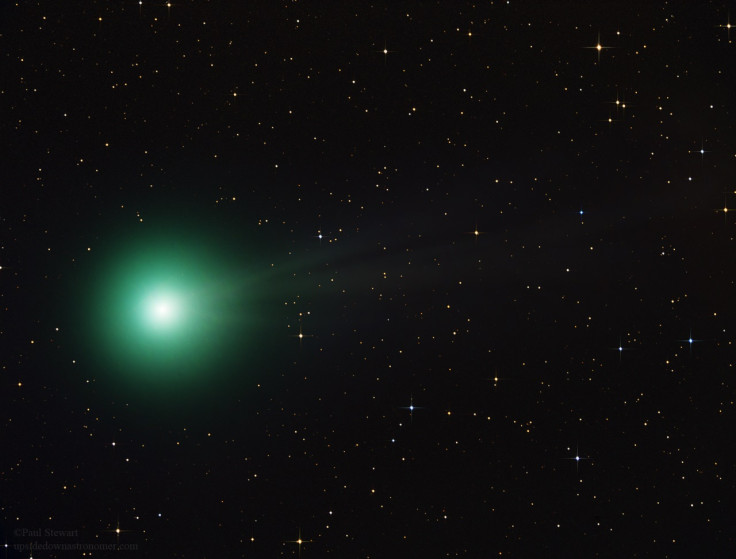Comet Atlas becomes dim and breaks as it heads towards Earth
Comet Atlas disintegrates unexpectedly.
Comet Atlas that was expected to become the brightest comet visible from the naked eye, of this decade, fell apart and disintegrated. However, citizen astronomers have released the first-of-its-kind crowd generated images of the comet.
Comet Atlas or C/2019 Y4 (ATLAS) was discovered by the Atlas survey on December 28. It was believed to be the brightest comet of 2020. However, it started disintegrating on April 2, and now it continues to fade away with no hopes of brightening up again.
According to Phys.org, a group of citizen astronomers belonging to Unistellar community collected high-quality images of the dying comet. On Saturday, April 11, several community members used their Unisterllar eVscopes, also known as Enhanced Vision Telescopes, in their backyards to capture photos of the comet.
On Tuesday, numerous photos were released by 40 astronomers in Europe and 20 in the US. All of the data was reportedly processed to create what is called "Super Image" of Comet Atlas. The high-resolution image apparently revealed intricate details including "a tail and coma and the eerie greenish glow associated with the presence of cyanide gas."
"We've combined observations from multiple users to produce a highly accurate observing record of Comet ATLAS. Our analysis proves that we can see extremely dim objects, such as very faint stars (up to magnitude 18), in the background behind the comet," Arnaud Malvache, Chief Technology Officer at Unistellar said as quoted by the abovementioned publication.
Unistellar is a start-up that develops computer-connected telescope for amateur astronomers to learn and develop more about the celestial bodies.
While Comet Atlas met its fate, there is another newly discovered comet that is believed to take its place. According to Universe Today, C/2020 F8 (SWAN), or Comet SWAN has become the much talked about comet after the death of Atlas. The comet was discovered by a surprise through the images captured by the SWAN camera aboard the Solar Heliospheric Observer (SOHO) spacecraft on March 25.

Brightening up at a fast pace, the comet is illuminated at +8 in the constellation of Grus the Crane. The comet will come closest to Earth on Wednesday, May 13 at a distance of 51.7 million miles.
© Copyright IBTimes 2025. All rights reserved.





















